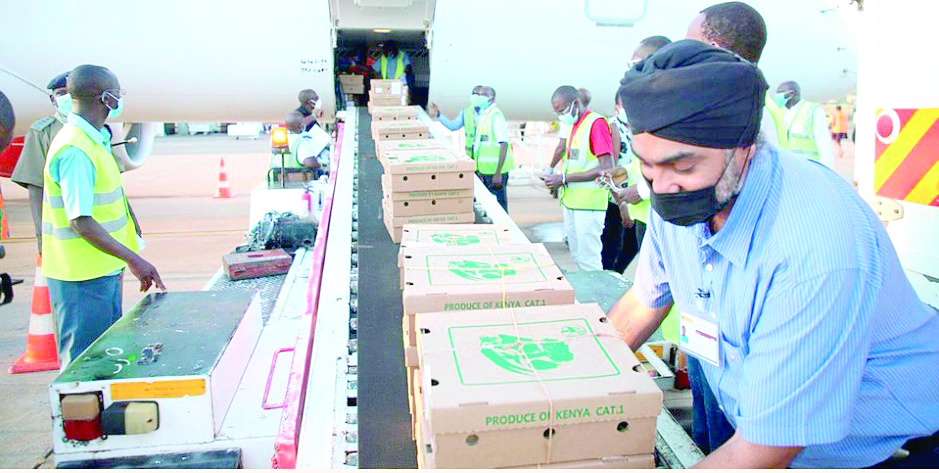Traders hopeful as KPA revives water transport on Lake Victoria

For over 20 years maritime transport on Lake Victoria has been dormant. There have been little or no maritime activities.
Large vessels that used to ply the water connecting the mainland to various islands either stalled or were withdrawn by Kenya Railways (KR). This grossly affected the once-booming island trade and also affected the mass movement of people and goods to the islands and to the mainland.
But that is now set to be history, thanks to renewed efforts by Kenya Ports Authority (KPA) and KR to revamp the rundown piers. With the newly refurbished multi-billion shilling Kisumu Port set to bounce back into active maritime business, the piers are key links to the inland ports.
Maritime investors are happy because they will have new opportunities to increase investment in the islands or the Lake transport. This will boost the goodwill blue economy that has been a pipe dream for many years due to unreliable maritime business and lack of goodwill.
For years, Lake Victoria’s huge potential in cargo and passenger transport has never been fully explored.
Most of the islands that dot Lake Victoria are reached only through moving water vessels and/or motor boat engines.
Big vessels
However, the big vessels have been effective because they carry bulk goods safely as opposed to motor boat engines running at risk of drowning. John Ochieng, a trader told Business Hub they are now looking forward to tapping more island businesses. “We are aiming to open more businesses in the islands that connect to the mainland, which stopped years ago due to unreliable means of transport,’’ he says.
Ochieng claimed most traders had stopped investing in the islands because of the unreliable mode of water transport.
This stemmed from the fear of using motorboat engines to transport bulk goods from the mainland to the islands due to increased boat accidents. “We used to witness a lot of boat accidents due to overloading and traders lost fortunes or even died losing their investments,’’ he claimed.
Now that the government has embarked on massive rehabilitation of the Kisumu Port and piers, the traders are happy to revert to an active trade. A KPA team, led by board chairman General (Rtd) Joseph Kibwana visited the region recently to assess the level of damage at various feeder ports.
The agency used to oversee only ocean shipping but its mandate was recently extended to include inland waters like lakes. It took over the operations previously managed by Kenya Railways, which used to maintain feeder ports as it transported goods on rail. The KPA team visited Kendu Bay, Homa Bay and Mbita piers, and the Sena landing site within Mfang’ano Island. Revamping the piers, Kibwana observed, will bring back the lost glory of the good days when people used to enjoy lake transport without any fear.
“We want to ensure that we bring back the good old days where passengers could easily travel from Homa Bay to Kisumu, transport their goods to other parts of the Country using lake transport,” he said.
Homabay Governor Gladys Wanga said they are looking forward to working together with KPA to fast-track the process to conclusion. She said as a County government they will co-operate with KPA to develop the feeder ports and piers to open up the blue economy and create more jobs.
“We are going to partner with the County Government to ensure that the work starts as soon as possible to create more wealth,” Kibwana disclosed. Currently, most of the people within Homa Bay use engine-powered boats as a means of transport since there are no proper docking sites for ships.
Available ferries
The available ferries or water buses are privately owned and only serve the Mbita and select islands leaving a larger population at risk using boats. KR used to operate moving vessels such as MV Uhuru, MV Tilapia, and MV Alestas to ferry passengers across the Lake.
The vessels used to ply Kisumu–Kendu Bay route to Homabay, Mbita, Mfangano islands, and even Luanda Kotieno in Siaya County. As such, they made inter-county trade easier between the fish traders and even other valuable goods that were shipped through the Lake.














